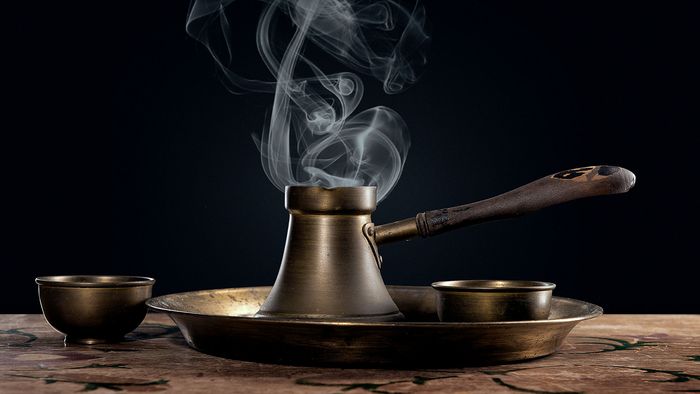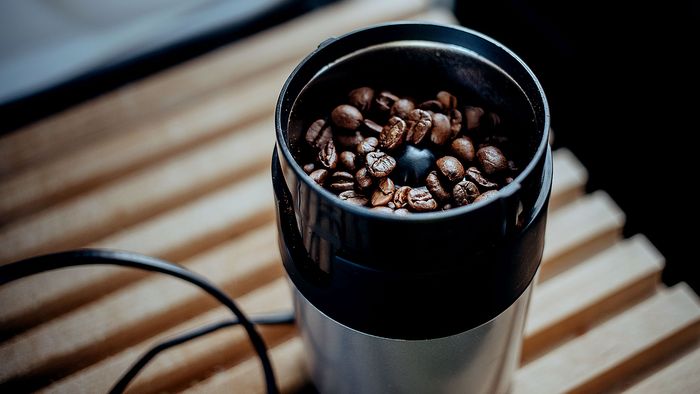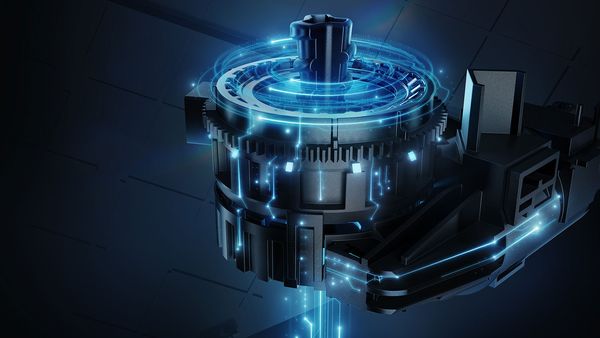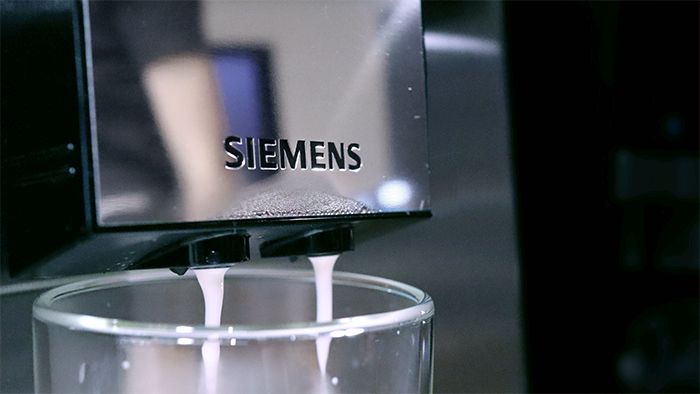An introduction to grinding coffee
If you are looking to discover all the ways you can grind coffee, then you have come to the right place. This short guide will briefly explain the different particle sizes, the history of the practice, and finally the key methods of grinding.
Coffee grinding is simple in principle, but complex to master. It is all down to the accuracy of your tools and your coffee preference. There is no set way to grind your coffee but the below classification will give you an idea of how and why it is important that you get the right grind size for each coffee drink.
The different grind types*
In order from finest (smallest particles), to coarsest (largest particles):
1. Turkish – the most fine of all the grind sizes, used in Turkish coffee, this grind brews quickly (3-4 minutes)
2. Fine Espresso – A very fine grind
3. Espresso – A fine, grind perhaps with some clumping
4. Fine Filter – Somewhere between a filter grind and espresso
5. Filter – Caster sugar-like texture
6. Coarse Filter – Similar to granulated sugar
7. Coarse – For “Immersion brewing” e.g. French Press
8. Very Coarse – Similar to rock salt – long immersion brewing
9. Chunks – Large pieces of coffee too big for normal brewing

Early coffee grinding methods
At the beginning, coffee was ground using extremely basic techniques. A simple pestle and mortar did the trick in the 12th century. It was only around the 17th century that we started to see more mechanical techniques.
The original Turkish, French and English Lap Mills stored beans in a simple metal bowl, with a rotating metal pole emerging from the centre. The beans were ground by hand, as the serrated edge of the metal pole slowly sliced the beans in the bowl below. This slowly broke down the beans, depositing the ground coffee particles in a box below.
Due to popular demand, these grinders slowly evolved into motorized machines, eventually becoming a staple of 20th Century US and Europe kitchens. However, these first iterations were inefficient, and inaccurate contraptions, and unfortunately these traits were also passed on to their large commercial counterparts – despite the exponential demand of pre-ground coffee as a WWII luxury.
Today, we see a whole host of different grinding methods, however the most popular solutions are the stated below.
Modern day grinders

Blade Grinders
Blade Grinders are the cheapest way to grind coffee and subsequently result in lower quality results. Although there are no universal measurements for grind size, you are looking for consistency between particle size and unfortunately, the jagged design you often leads to a wide mixture of larger and smaller particles.
This means that the bean particles all have varying surface areas, and therefore increases the time it takes to extract the coffee from each one. Long story short, this means that you often get more of a bitter flavour that is only marginally better than pre-ground coffee.
Block Burr Grinders
Using a form of Burr is a much better way of grinding coffee. Burr grinders are comprised of two pieces of metal (or ceramic) that grind coffee in between them - allowing for more precise control over grind size. However, Block burrs in particular are often used in lower grade grinders. They make up for a lack of power in their motors by adding additional large teeth to the traditional burr shape - considerably reducing grind consistency.

Conical Burr Grinders
Conical Burrs look like a waved cone within a second larger waved cone. These are good if you are looking for a very traditional espresso, as this is how many of the original italian machines were constructed.
Often favoured by cocktail enthusiasts, these burrs are good for those wishing to experiment with espresso recipes as they are often considered easiest to dial in, however conical burrs (like all the burrs mentioned previously) will produce bimodal distribution.
Bimodal distribution, means that under a microscope there will be a mixture of smaller and larger particles, the antithesis being unimodal distribution, that is acheivable with flat burrs. This means that with conical burrs you will experience slightly less consistent grind size at each level, and this can reduce the control you have over the final product.

Ceramic Flat Burr Grinders
Our personal favourite grinder is the flat burr. Flat burrs are renowned for giving you a really even particle size (unimodal distribution), hence why we put them in our EQ range.
The uniform particle size gives you some really precise control over the coffee you drink. Even better, we use ceramic for our grinders instead of steel. Ceramic grinders are much less likely to burn or affect the oil balance of your beans as they are better insulators. Not only this, but they also retain their sharpness for considerably longer, so you can enjoy your coffee again and again without worrying about the burrs wearing out.
The video to the left, brielfy illustrates our ceramic flat burr grinders and shares a couple of other innovations that work together as part of the iAroma system.
If you are interested in learning more about our dedicated EQ coffee machine range click here

Discover the Siemens EQ bean-to-cup range
With intelligent iAroma technology, 4 key innovations are combined together in a high quality brewing unit to deliver truly sensational tasting beverages. These intuitive appliances stand out on any premium kitchen surface with their stunning design, elegant display panels and optimal usability. From the entry level EQ.3 models to the fine-tuned Wi-Fi connected EQ.9 model, rediscover your love for outstanding cofee with the new Siemens EQ range.
*There is no uniform standard for grind size. This Information has been adapted from:
Stephenson, T. (2015). Grinding Coffee. In: Joyce, N The Curious Baristas Guide to Coffee. London: Ryland Peters & Small. p82-90.


